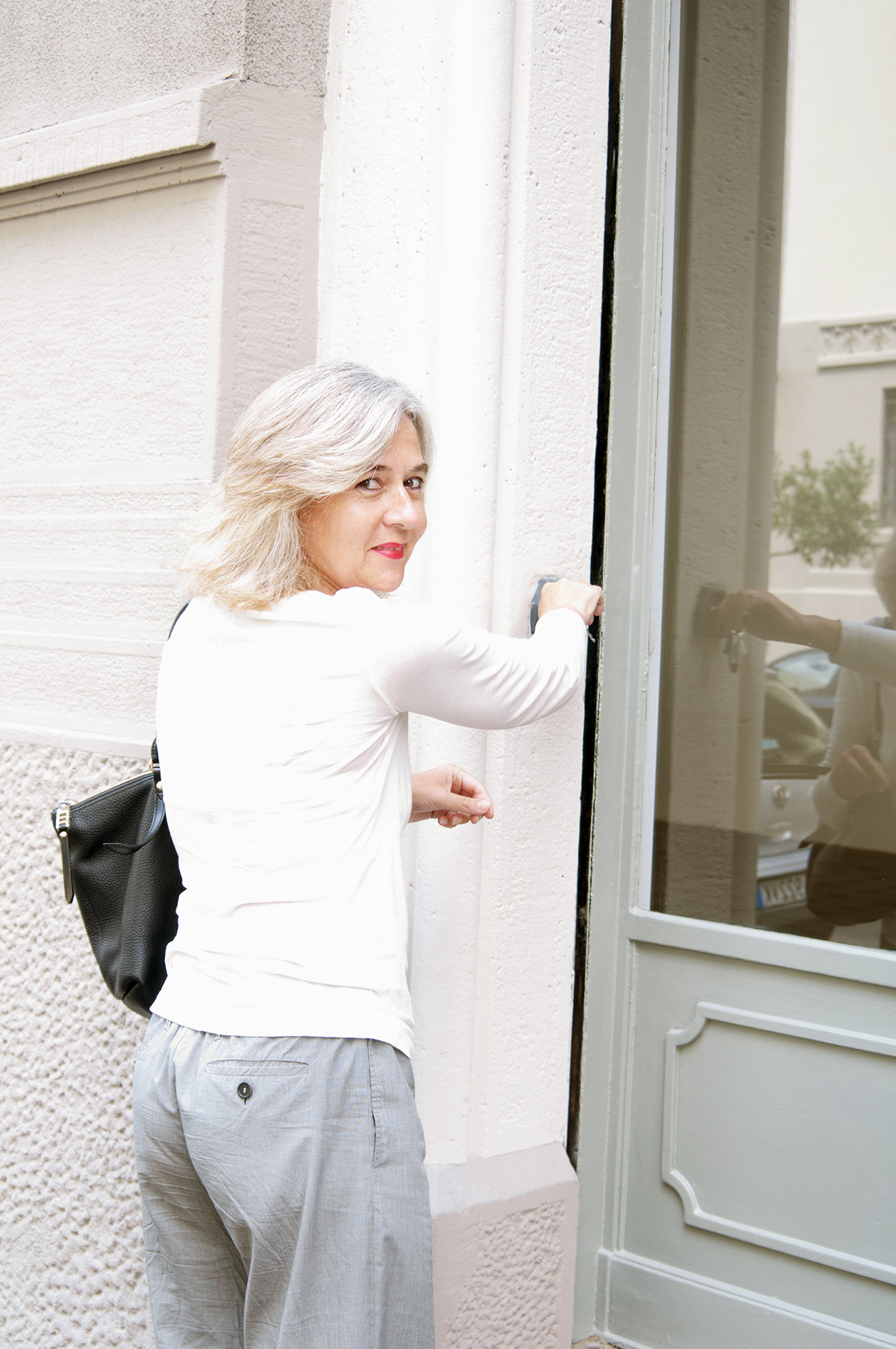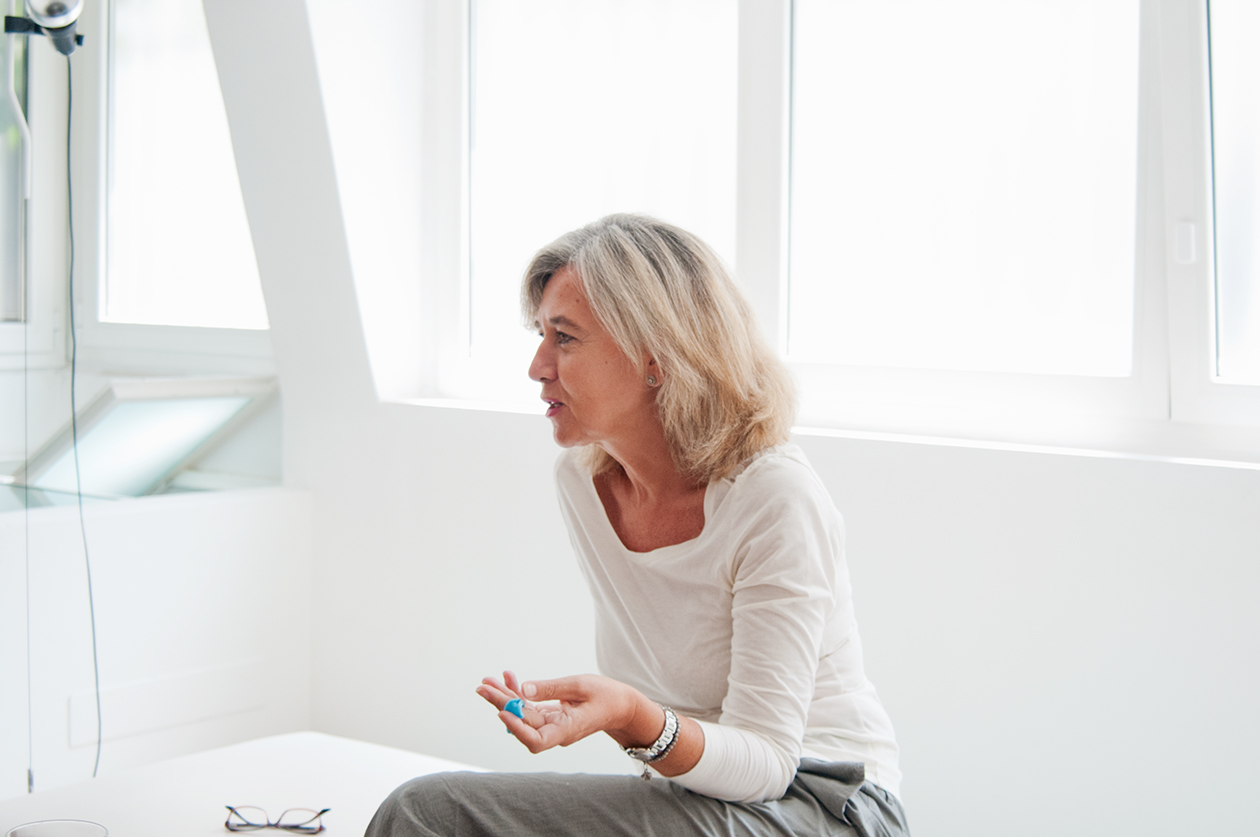
For our weekly art spot we have decided to change the point of view from who creates art to who deals and sells it, meeting Raffaella Cortese, one of the most eminent Italian gallerists. Waiting for the great, choral opening with Keren Cytter, Kimsooja and Marcello Maloberti, with her distinctive elegance and savoir-faire, she told us about her special career, from the beginnings to its latest evolution, which brought her to open a third art venue in Milan.
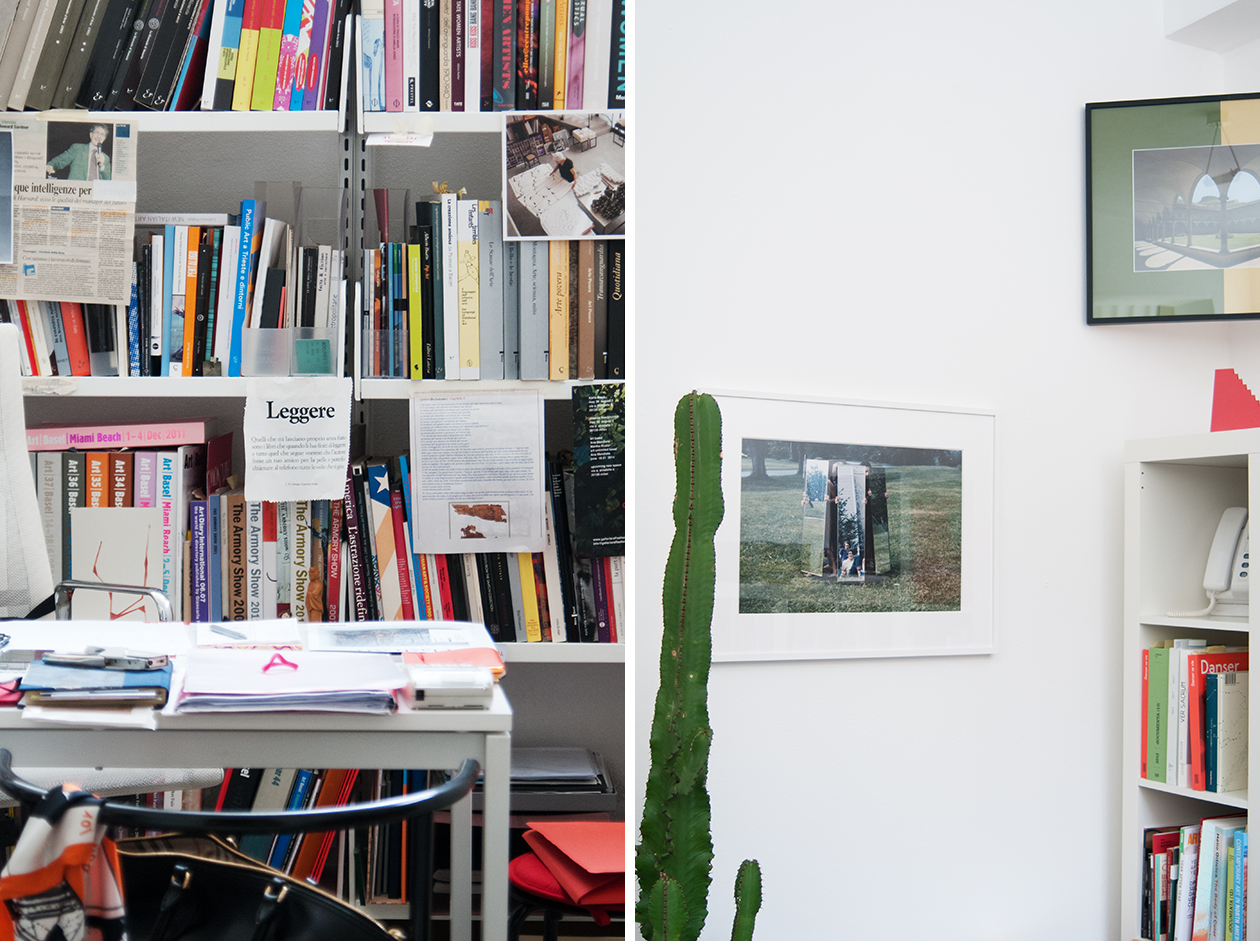
Let’s start from the beginning, how and when did you decide to become a gallerist?
The first prophetic sign came when I started collecting the book series “I maestri del colore” (The masters of colour) as a child. I loved looking at the images and that was definitely the first signal. In my family no one dealt with art, but I wanted to take up artistic studies, which was an important experience thanks to a stimulating atmosphere and great teachers, such as Gianni Colombo. When I realized that I had to do something related to art, but I wasn’t an artist, I started working for free at Françoise Lambert, who had a gallery in Milan at that time. During the first 80s we opened an extraordinary exhibition of Robert Mapplethorpe, but we didn’t sell anything since photography wasn’t yet considered a rightful artistic media. There was still scepticism about the means and, of course, the subjects of the artist. Another important experience was at the Fonte D’abisso gallery where I worked with modern art, especially avant-garde. After five years spent there I was ready for my own ordeal. As many other colleagues, I started in my flat, which was always in this area. The big change arrived with the exhibition of Roni Horn that I was able to do thanks to the support of some collectors, who have remained with me until today, becoming close friends. After that show I could afford another apartment in the same building – I remember the efforts to move the works from one floor to another – where I opened a project room. I love this part of Milan; I think it is very liveable, so I found this space [ed. via Stradella 7] in the same area. It was a mess, but I saw the prospects, I knew it would become a great art venue: versatile, a bit dark and cosy. Then we went for a brighter space adding via Stradella 1 a few years ago.
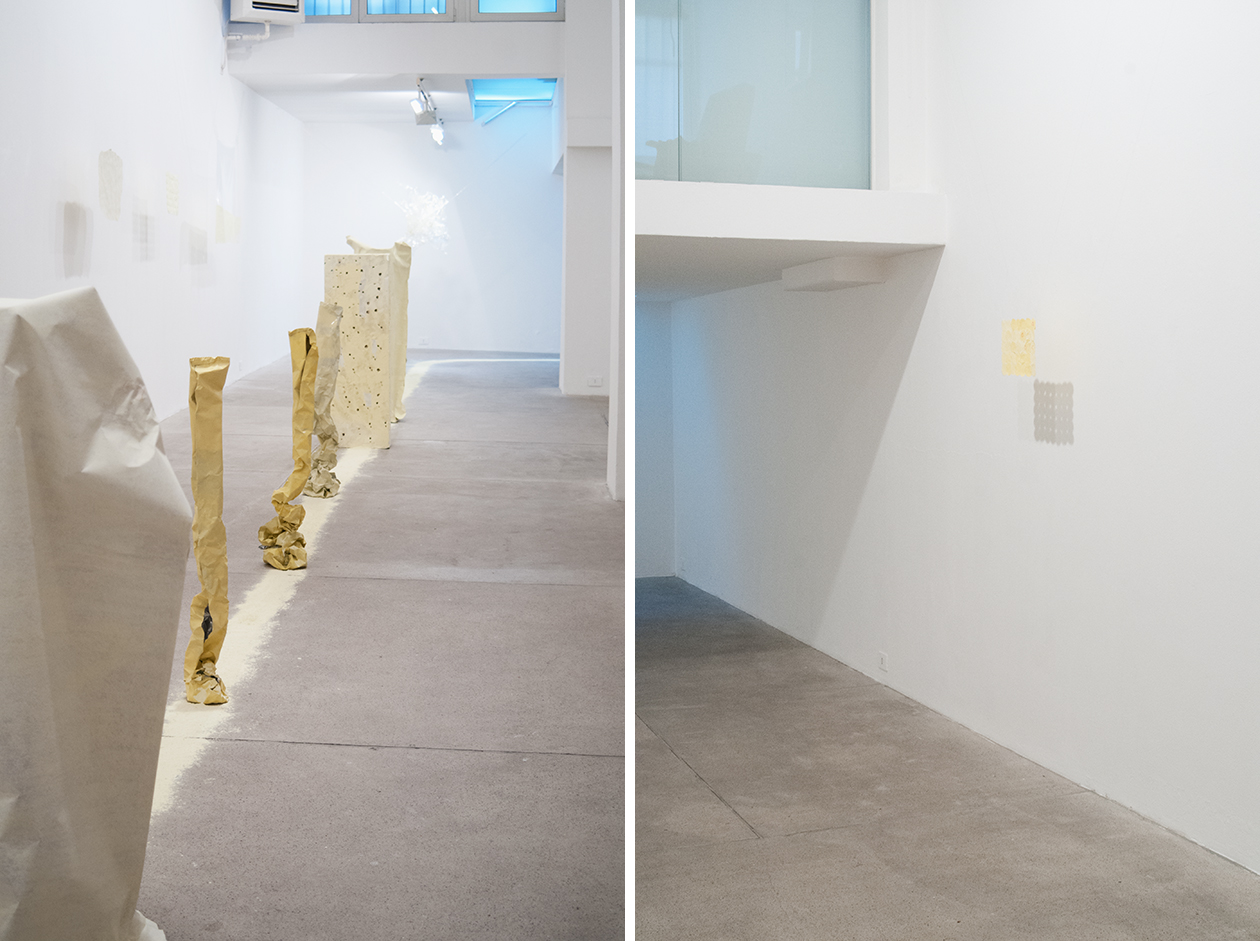
So at this point I cannot avoid asking why opening a third space in such a hard period, when everybody seems to leave or wants to leave our country?
I didn’t have the urge to escape from this country so far because I love it deeply. When I feel political and social crisis is getting too deep, I go to see the Scrovegni chapel by Giotto to breathe and gather courage. Italy is a wonderful country with an extraordinary culture, and even if I’m aware of its set of problems I want to try to resist them. I have to say that we are always criticizing ourselves, even though we have excellent collectors who are still interested in art and not just investments. During the years I’ve met a lot of interesting people and I’ve helped them to grow their collections in a reciprocally fruitful way. Art fairs are important to meet new people and to have an international showcase, but everything is fast and superficial there, while the gallery is still a crucial place to meet each other and establish long lasting relationships that need to be nurtured. It’s not just a matter of trade. Of course, market is important, but it is much more than speculation, which I’m not interested in.
What are the characteristics of an artist that make you get into his/her work? How much does “the person” influence your opinion about the artist?
Firstly I fall in love with the work of an artist and I usually follow it for some years, seeing exhibitions, looking for confirmations and affinities between the investigated topics and my artistic path. There are some recurrent themes such as the issue of identity and nature along with a certain sensibility that you can track down in the work of my artists. Of course, it is important to know the artist in person and get closer to him/her, finding the right harmony or a passionate dialogue.
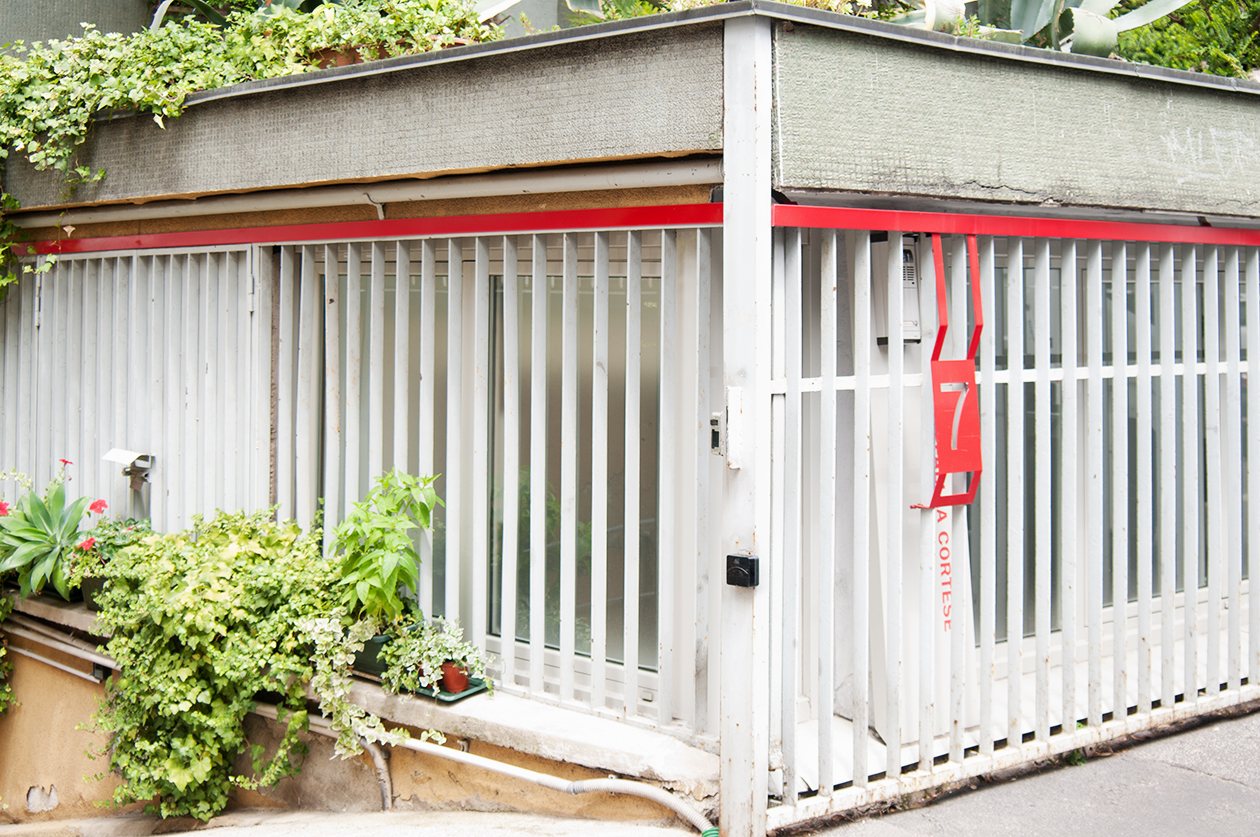
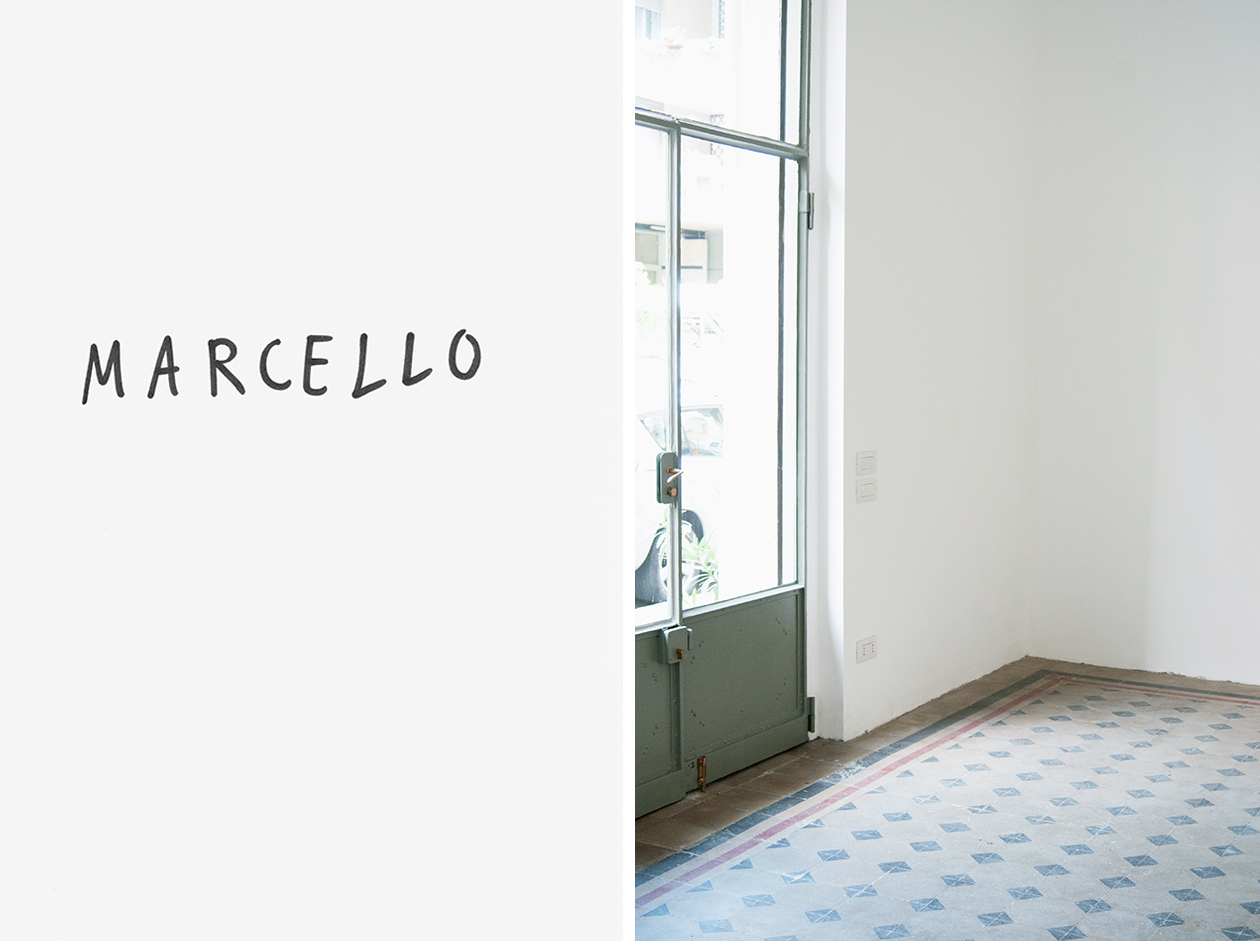
But what about the female figure? Even if you have men in your creative roster, we can see this issue in a lot of your artists…
Yes, you are right. I feel close to women because they are still underestimated, not least from an economical point of view. Just look at Louise Bourgeois, who is one of the most famous and high-priced women, though her works cost less than the ones of less-deserving men. I like the way women work because they don’t have the reliance on power at any cost, typical of hardened men. I can see it clearly in my activity; most of my powerful colleagues are men, but we are not moved from the yearning of control, we just want to do things always better and better.
You work with artists, who handle different media, from photography to installation passing through video etc. Which is the media you feel closer to?
Actually I can tell you which is the less emotional media for me: painting. I’d love to be more involved in it and get closer to a media that up to now I found repetitive and self referential. Well, actually I consider Jessica Stockholder a painter besides being a sculptor because of her strong pictorial value. Anyway, yes, my interests range from photography to video and I also like to encompass different generations, going, for instance, from Joan Jonas to Keren Cytter, to unveil the apparent generational distance. This makes me feel alive!
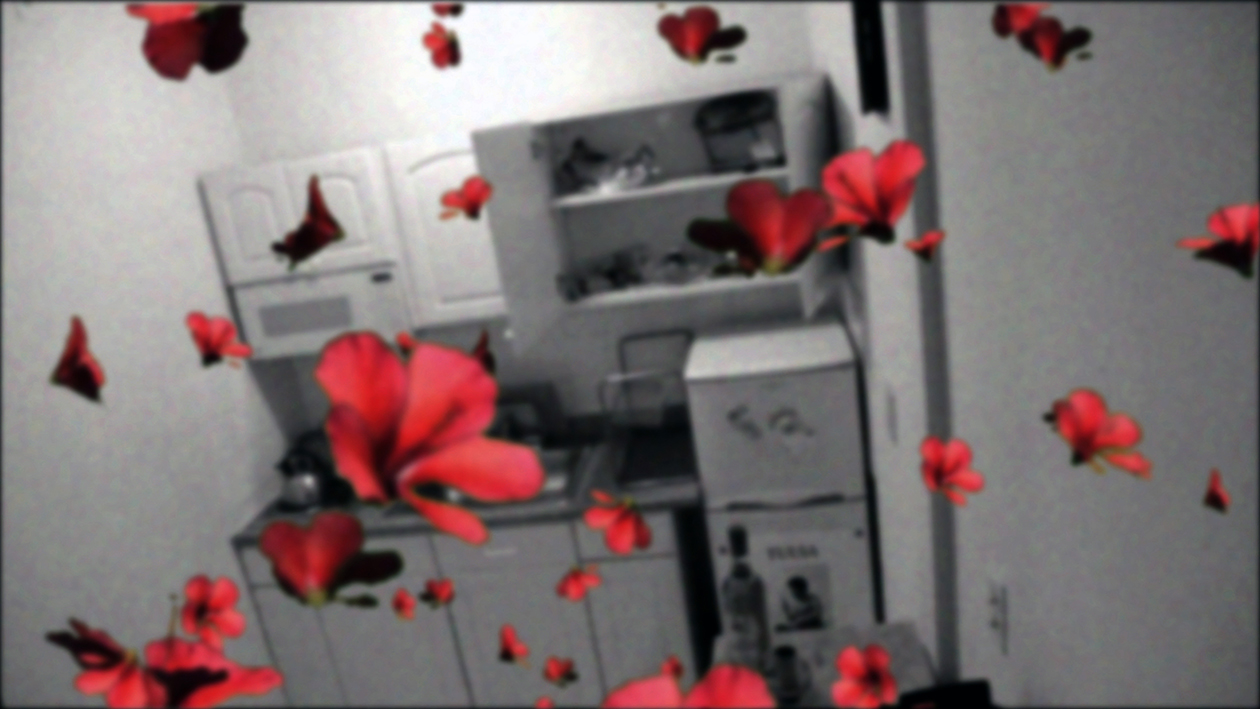
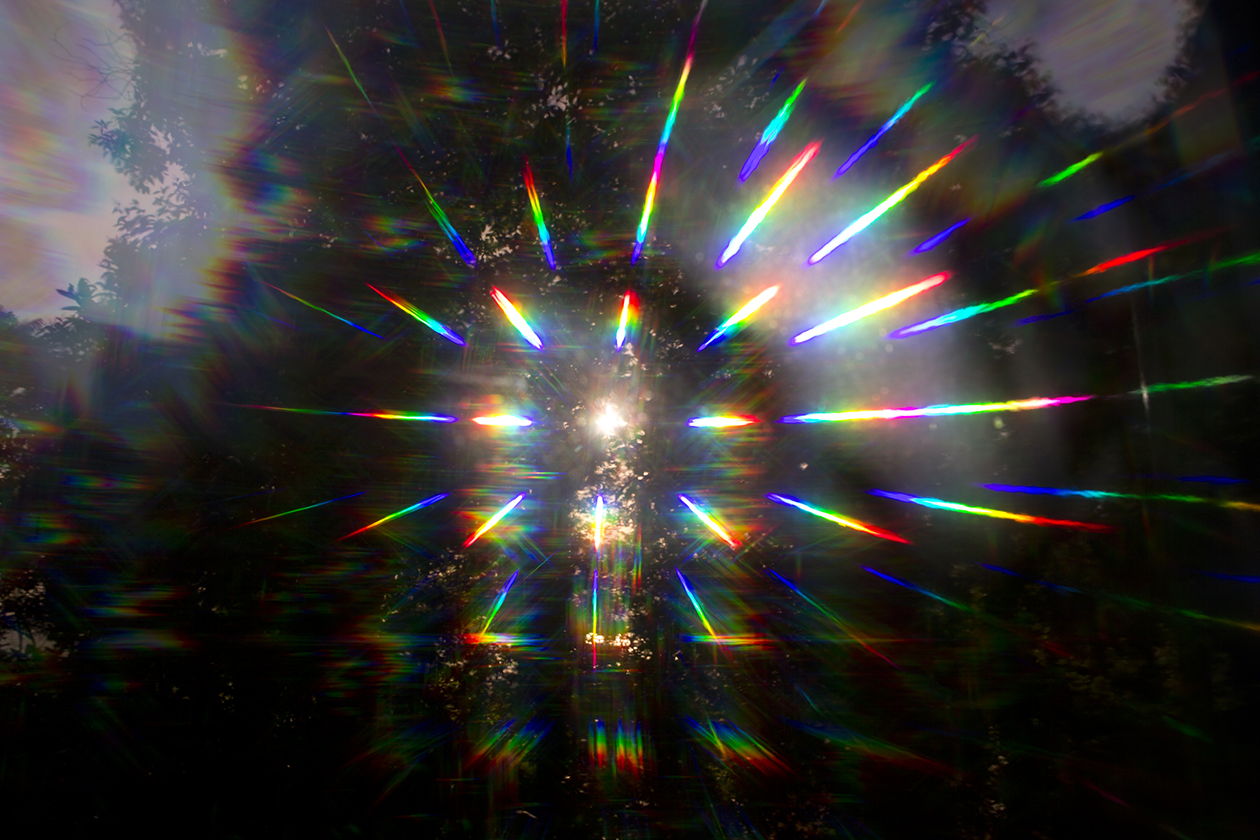
You’ve been dealing with art for a long time, is there something in the art system, which disappointed you? What do you think about the way this world is changing year by year?
Well, a lot of things changed in 20 years, especially with the arrival of new technologies. I started working in a gallery when we had to write the address for invitations by hand, but I think the most prominent phenomenon of the latest decade is the speculation, which has imposed itself thanks to big auction houses that annex aspects of our field: they arrange auctions, post auctions, cocktail parties etc. with higher resources. Moreover, some art players, like the fairs, get strengthened but also more cynic: except from the hard core of galleries and blockbusters, which generate interest among the viewers, other galleries are a sort of a dressing, which has to be constantly changed to have always-new proposals, like pawls of a selfish machine. It’s not just the management of art world that has changed, look at the education… most of the young people involved in this world are first economist, more interested in financial aspects of art than in its cultural issues, who often enter a gallery or a museum for the first time in their life after graduating.
What’s the show you would love to arrange?
I’d love to arrange an exhibition of all the artists that I loved but I couldn’t work with. Running a gallery means also collecting some failures and missed occasions because maybe you arrive too late. There are so many good artists…
…a name?
Tacita Dean is a great artist and I love her a lot. I would have loved to work with her. I met her during a journey in Iceland with Roni Horn (they are friends), but it was too late, it didn’t make sense at that point. There are so many romances that don’t close in.
